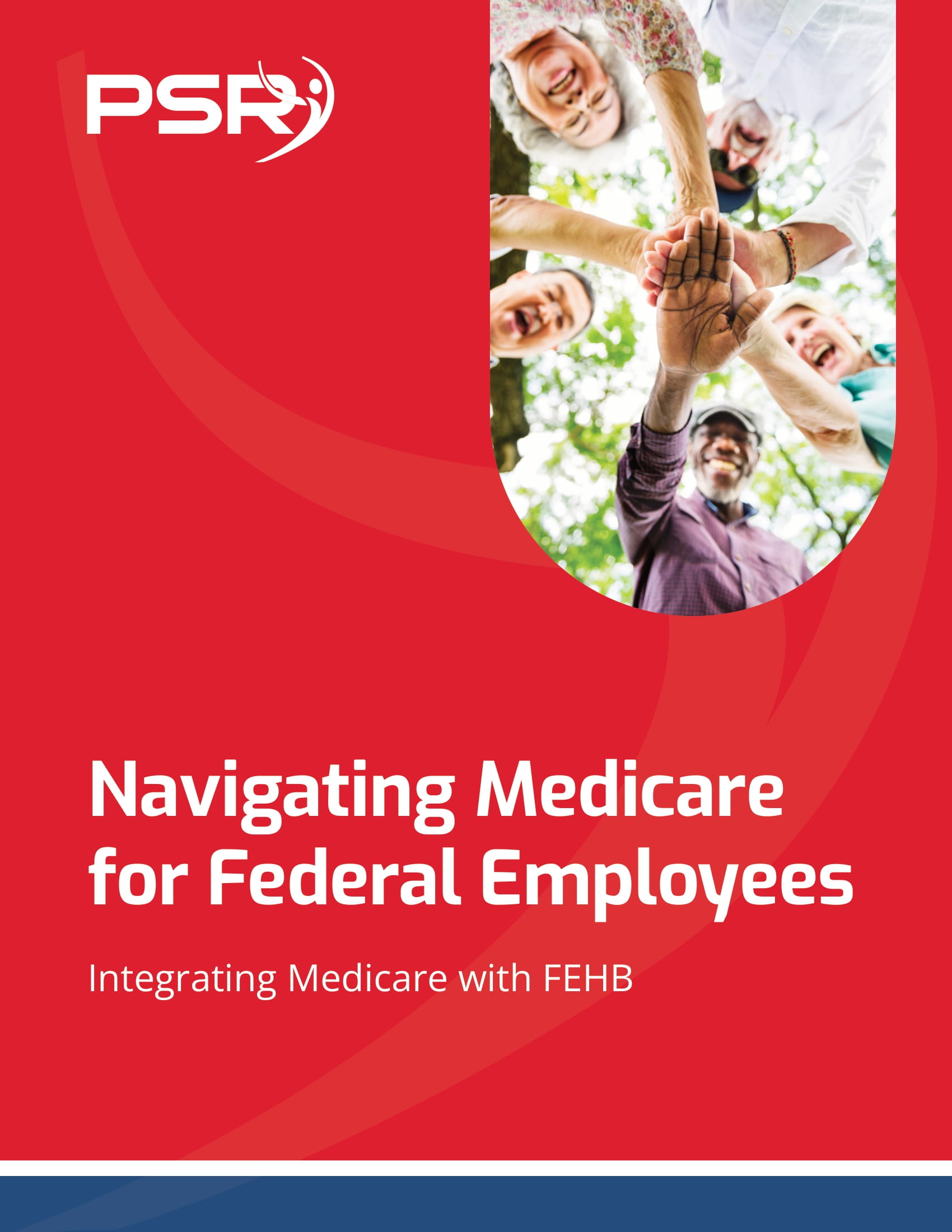Key Takeaways:
- Phased retirement allows federal employees to gradually transition from full-time work to retirement, balancing work and personal life while securing financial stability.
- Implementing expert strategies for phased retirement can help federal employees optimize their retirement benefits and maintain work-life balance during this transition.
Expert Tips for Balancing Work and Retirement: Phased Retirement for Federal Employees
- Also Read: Divorce and Your Federal Pension—What Happens When You Split Assets and How It Could Affect Your TSP
- Also Read: What Happens to Your Federal Benefits After Divorce? Here’s the Lowdown
- Also Read: The Best FEHB Plans for 2025: Which One Fits Your Lifestyle and Budget the Best?
Strategies for Federal Employees Considering Phased Retirement
Phased retirement involves reducing work hours and responsibilities while starting to receive a portion of retirement benefits. This strategy can be highly beneficial, but it requires careful planning and consideration.
Understand Eligibility and Program Requirements
Before considering phased retirement, federal employees need to understand the eligibility criteria and program requirements.
- Eligibility: Generally, to be eligible for phased retirement, federal employees must have been employed full-time in the federal service for at least three years before entering phased retirement. They must also be eligible for immediate retirement under the Federal Employees Retirement System (FERS) or Civil Service Retirement System (CSRS).
- Agency Participation: Not all federal agencies participate in the phased retirement program. Employees should verify if their agency offers phased retirement and understand the specific policies and procedures in place.
Assess Financial Implications
Phased retirement can have significant financial implications. It’s essential to evaluate how reducing work hours will impact overall income and retirement benefits.
- Salary and Benefits: During phased retirement, employees typically receive a prorated salary based on the reduced work schedule. Additionally, they start receiving a portion of their retirement annuity. Understanding how this impacts overall income is crucial.
- Retirement Savings: Employees should consider how phased retirement will affect their contributions to the Thrift Savings Plan (TSP) and other retirement savings accounts. Contributions may be lower due to reduced salary, which can impact long-term savings growth.
- Healthcare Costs: Healthcare benefits, including coverage under the Federal Employees Health Benefits (FEHB) program, may also be affected. It’s important to ensure continuous coverage and understand any changes in premiums or out-of-pocket costs.
Develop a Transition Plan
Creating a well-structured transition plan can help employees manage the shift from full-time work to phased retirement effectively.
- Work Schedule: Determine the reduced work schedule that aligns with personal and professional needs. This schedule should balance work responsibilities with personal time and retirement activities.
- Role Adjustment: Work with supervisors to adjust job roles and responsibilities. This might involve delegating tasks, training successors, or focusing on specific projects.
- Retirement Activities: Plan how to spend the additional free time during phased retirement. Engaging in hobbies, volunteering, or part-time work can provide fulfillment and structure.
Expert Advice on Balancing Work and Retirement Through Phased Retirement
Balancing work and retirement through phased retirement requires strategic planning and practical tips to ensure a smooth transition.
Maintain Work-Life Balance
Phased retirement should enhance work-life balance rather than create additional stress.
- Set Boundaries: Establish clear boundaries between work and personal life. This includes defining work hours and ensuring that personal time is respected.
- Time Management: Effective time management is crucial. Prioritize tasks, delegate when necessary, and use time efficiently to balance work responsibilities and personal interests.
Optimize Retirement Benefits
Maximizing retirement benefits is essential during phased retirement to ensure financial stability.
- TSP Contributions: Even with a reduced salary, continue contributing to the Thrift Savings Plan (TSP) to the extent possible. Consider utilizing catch-up contributions if eligible to boost retirement savings.
- Social Security: Coordinate phased retirement with Social Security benefits. Understand the implications of starting Social Security early versus delaying benefits to increase monthly payouts.
- Pension Calculations: Work with a financial advisor to understand how phased retirement affects pension calculations under FERS or CSRS. Ensure that pension benefits are optimized based on the reduced work schedule.
Focus on Health and Well-being
Maintaining health and well-being is critical during the transition to phased retirement.
- Healthcare Coverage: Ensure continuous healthcare coverage under the FEHB program. Understand any changes in premiums and coverage options due to the transition to phased retirement.
- Physical Activity: Stay physically active to promote overall health. Incorporate regular exercise into the daily routine and consider activities that are enjoyable and sustainable.
- Mental Health: Phased retirement can be an emotional adjustment. Engage in activities that support mental health, such as mindfulness, hobbies, and social interactions.
Plan for Full Retirement
While phased retirement is a gradual transition, planning for full retirement is essential.
- Financial Planning: Develop a comprehensive financial plan for full retirement. This includes understanding the long-term impact of phased retirement on retirement savings, income streams, and expenses.
- Lifestyle Considerations: Consider the lifestyle changes that full retirement will bring. Plan for activities, travel, and other pursuits that will provide fulfillment and purpose in retirement.
- Exit Strategy: Establish an exit strategy for transitioning from phased retirement to full retirement. This includes setting a timeline and understanding the administrative steps required to finalize retirement.
Seek Professional Advice
Navigating phased retirement can be complex, and seeking professional advice can provide valuable insights and guidance.
- Financial Advisors: Work with a financial advisor who specializes in federal employee benefits to develop a personalized retirement strategy. They can provide advice on optimizing TSP contributions, pension benefits, and Social Security.
- HR Specialists: Consult with HR specialists within your agency to understand the specific policies and procedures for phased retirement. They can provide information on eligibility, application processes, and benefits management.
Conclusion
Phased retirement offers federal employees a valuable opportunity to balance work and retirement, providing a smoother transition into full retirement. By understanding eligibility requirements, assessing financial implications, and developing a well-structured transition plan, employees can optimize their retirement benefits and maintain a work-life balance. Implementing expert strategies and seeking professional advice can ensure a successful phased retirement, enhancing overall well-being and financial security.
Contact Information:
Email: [email protected]
Phone: 8132032515
Disclosure:
Investment advisory services are offered through BWM Advisory, LLC (BWM). BWM is registered as an Investment Advisor located in Scottsdale, Arizona, and only conducts business in states where it is properly licensed, notice has been filed, or is excluded from notice filing requirements. This information is not a complete analysis of the topic(s) discussed, is general in nature, and is not personalized investment advice. Nothing in this article is intended to be investment advice. There are risks involved with investing which may include (but are not limited to) market fluctuations and possible loss of principal value. Carefully consider the risks and possible consequences involved prior to making any investment decision. You should consult a professional tax or investment advisor regarding tax and investment implications before taking any investment actions or implementing any investment strategies.













